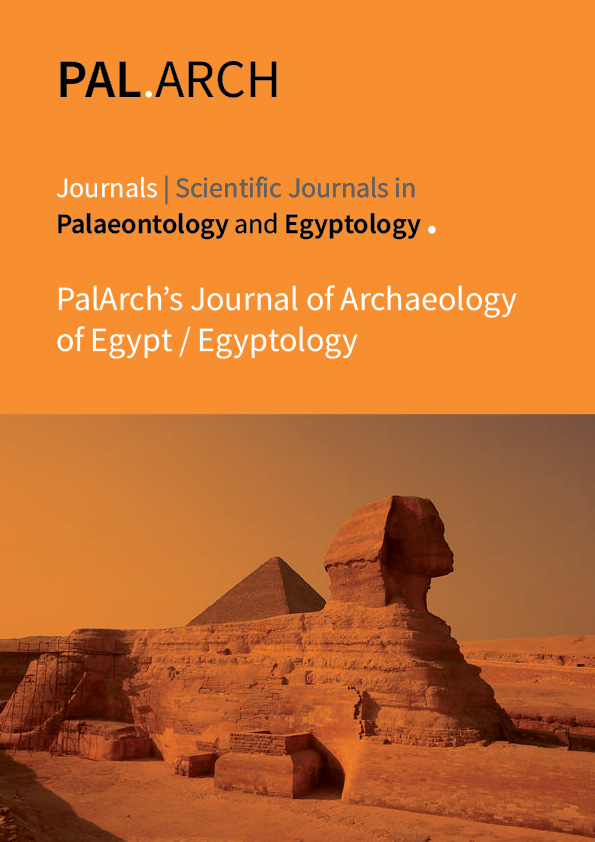AESTHETIC EXPRESSION SYSTEMS IN THE WORKS OF THE CONTEMPORARY IRAQI ARTIST KAREEM RISAN
Keywords:
Expression Systems; Aesthetics; Karim Rasen.Abstract
The creations of art throughout the ages have been characterized by aesthetic characteristics such as themes of sense and taste, as well as facts related to life and mankind, as art in all its ages was not merely aesthetic pleasure, but rather had its goals in existence. And since the age of art is the age of man, and its history is the history of mankind in its various psychological states, whether tragic or happy, then art has become the strong expression of man’s hopes and dreams and his emotional and subconscious motives, and then for him it is a port of comfort and safety, and a means of achieving happiness and pleasure. The research was divided into four chapters: The first dealt with the definition of the research problem, which can be summarized by the following question: (What are the aesthetic expression systems in the works of the contemporary Iraqi artist, Karim Resan? The importance of the research, the need for it, its purpose and its limits, were presented, and its most important terms were defined. As for the second chapter, it deals with two topics: the first is concerned with (aesthetic expression systems in art), and the second is concerned with (aesthetics of expression in contemporary Iraqi art), leading to the most important indicators of the theoretical framework. The third chapter, Research Procedures, includes the research community and its adult sample (3) models, which were deliberately chosen. As for the fourth chapter, it contains the findings, conclusions, recommendations and proposals, and among the most important results were that the artist has achieved formal transformations and several contents, according to the mechanisms of intensification, reduction, transformation and absorption, and the emergence of forms in the artist's works (Karim) related to the Mesopotamian heritage, and their connection with religious beliefs or mythological symbols such as: the crescent, the arc, the palm, and the triangle. As in (all sample forms, one of the most important conclusions is that the automatic free and simplified lines employed by (Karim) and some artists from the 1980s have their origins in (Al-Wasiti) and the experiences of the Baghdad School of Modern Art, and his processors have similar approaches with (Jawad Salim and Shaker Hassan Al Said), especially in the use of black in identifying many of the visual texts and its symbolic forms.



